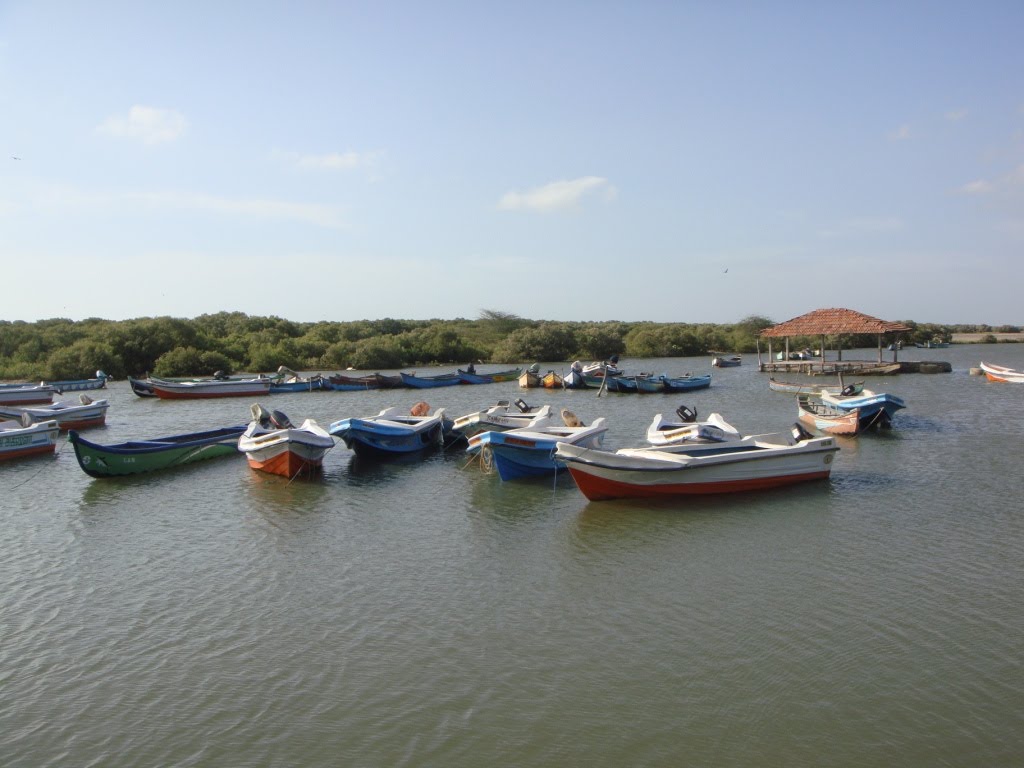The Sri Lankan government has decided to reduce the extent of a natural reserve in the island’s north-west to accommodate a fish farm, a spokesman said.
The borders of Vidathalathivu Natural Reserve, covering about 29,180 hectares and declared a nature reserve in March 2016, are to be changed, spokesman Minister of Land and Parliamentary Reforms Gayantha Karunathilaka said.
The reserve is located on part of the coast famed for bird life.
An ‘Aquaculture Industrial Estate’ planned to be set up in Manthai – West Divisional Secretariat Division in Mannar District, covering 1,491 hectares is in the Vidathalathivu reserve, making it difficult to implement the project, Karunathilaka told a news conference.
The fish farm is to be set up as part of efforts to raise fisheries products export income to US$1.3 billion by 2020.
The joint proposal to reduce the size of the nature reserve was made by the Sustainable Development and Wildlife Minister Gamini Jayawickrema Perera and Fisheries and Aquatic Resources Development Minister Mahinda Amaraweera.
The proposal to re-declare the borders of the reserve by removing the land identified for the fish farm project was approved by the Cabinet of Ministers this week.
According to the Department of Wildlife Conservation, the Vedithalathivu reserve is the largest of the island’s nature reserves under its ‘Protected Area’ system, followed by Triconamadu which covers 25,019 hectares. The Adam’s Peak Wilderness reserve covers 12,979 hectares.
The Department of Wildlife Conservation says public access to see wild life is not allowed in nature reserves although scientific studies are encouraged under the supervision of the department.
The main difference between nature reserves and protected areas and Strict Natural Reserves is that in Nature Reserves “traditional human activities” are allowed to continue, according to the department.
Courtesy: ECONOMYNEXT


